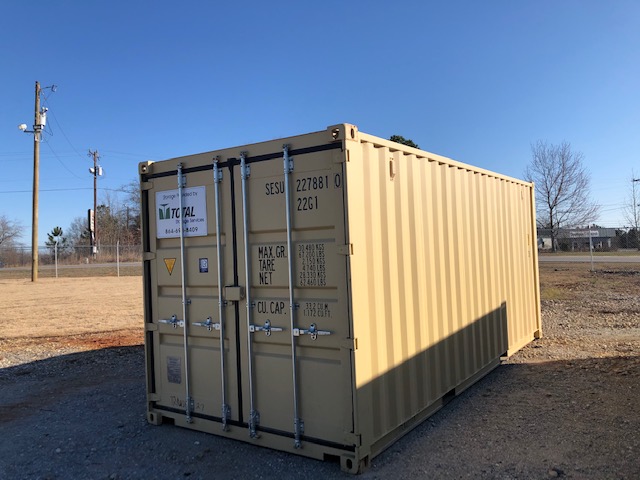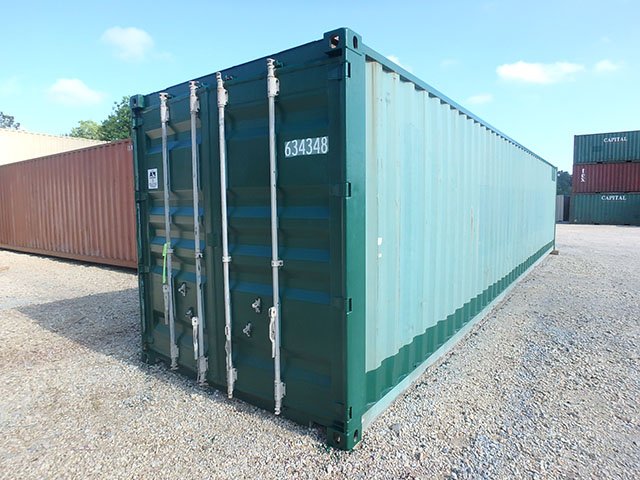In the world of storage solutions, shipping containers have emerged as a versatile and innovative option. These sturdy metal structures, originally designed for transporting goods across oceans, have found a second life as storage units. However, like any solution, using shipping containers for storage comes with its own set of advantages and disadvantages. In this comprehensive guide, we will delve into the pros and cons of harnessing the potential of shipping containers for storage purposes.
Pros:
1. Durability:
Shipping containers are built to withstand the harsh conditions of international shipping. Made from robust steel, they are resistant to rust, corrosion, and extreme weather conditions. This durability ensures that your stored items remain safe and secure over an extended period.
2. Cost-Effective:
Compared to traditional storage options, shipping containers often present a more cost-effective solution. Their initial cost may be higher, but the long lifespan and minimal maintenance requirements can result in significant savings over time.
3. Versatility:
One of the most significant advantages of using shipping containers for storage is their adaptability. These containers can be modified and customized to suit various storage needs. Whether you need a simple storage space or a more complex, climate-controlled environment, shipping containers can be transformed accordingly.
4. Mobility:
Shipping containers are inherently mobile, making them an ideal choice for those who may need to relocate their storage space. Whether you’re moving homes or businesses, these containers can be easily transported to a new location, providing a convenient and efficient solution.
5. Environmentally Friendly:
Repurposing shipping containers for storage aligns with sustainable practices. By giving these containers a second life, you contribute to reducing waste and environmental impact. This eco-friendly aspect makes them an attractive choice for those with a green mindset.

Cons:
1. Limited Size Options:
While shipping containers offer a range of sizes, they might not be suitable for those with highly specific storage needs. Customization can only go so far, and individuals or businesses requiring a particular size may find themselves limited by the container’s dimensions. If you are interested in learning more about the pros and cons of using shipping containers for storage, be sure to visit https://houseintegrals.com/the-rise-of-shipping-container-homes.
2. Temperature Control Challenges:
Maintaining a consistent temperature inside a shipping container can be challenging. Extreme heat or cold outside can affect the internal temperature, potentially causing damage to sensitive items stored within. Additional insulation and climate control systems may be required, increasing overall costs.
3. Modification Costs:
While customization is a pro, it can also be a con. Modifying shipping containers to meet specific requirements incurs additional costs. Features like windows, doors, and insulation may need to be added, driving up the overall expense.
4. Aesthetics:
Shipping containers have an industrial and utilitarian look, which may not appeal to everyone. This lack of aesthetic appeal can be a drawback for those seeking storage solutions that seamlessly blend with their surroundings.
5. Regulatory Hurdles:
Local regulations and zoning laws may restrict the use of shipping containers for storage. Before investing in this solution, it’s crucial to research and understand the legalities surrounding container usage in your area. Failure to comply with regulations can lead to fines and other complications.
Conclusion:
In conclusion, the decision to use shipping containers for storage hinges on various factors, including individual needs, budget constraints, and local regulations. While their versatility and cost-effectiveness make them an attractive option, potential challenges such as size limitations and customization costs should be carefully considered. It’s essential to weigh the pros and cons to determine whether shipping containers align with your specific storage requirements.


